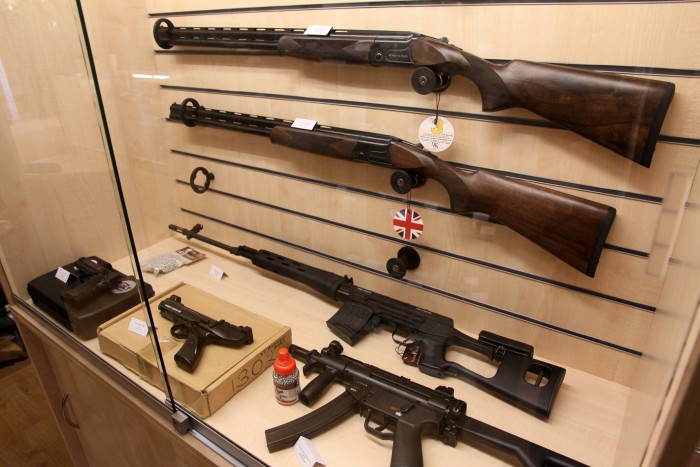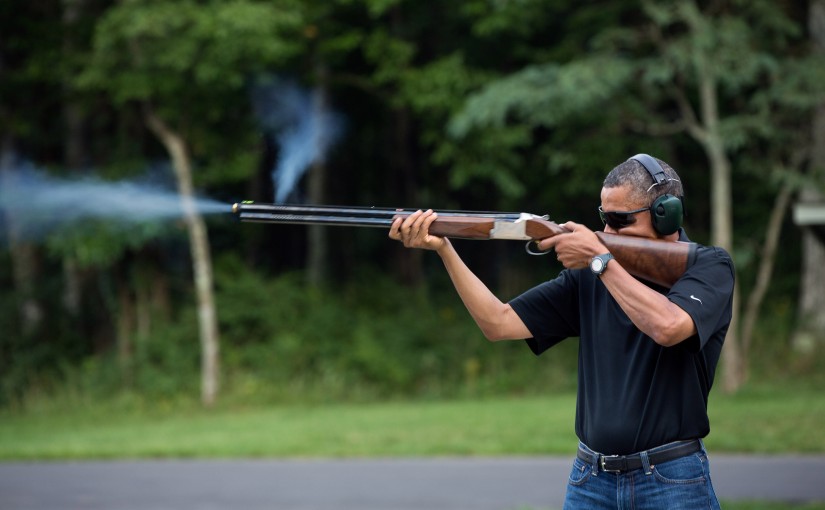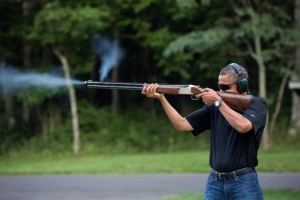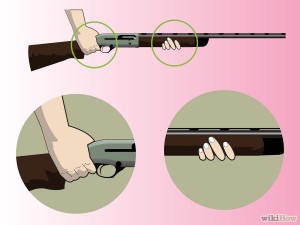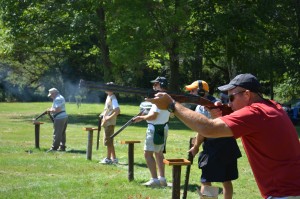You may be tempted by the impressive array of shotguns we sell here at Pellpax. Unlike many shotgun retailers online, we can deliver them direct to your door. However, you will need a licence, as it’s a requirement of law here in the UK. We take a look at how you go about acquiring a shotgun certificate here.
A Licence is Essential
A shotgun, under section 1(3) a of the Firearms Act 1968 (as amended), is defined as a smooth bore gun (not being an air weapon); having a bore less than 5.08 cm and a barrel not less than 60.96  cm; having either no magazine or a non-detachable magazine incapable of holding more than two cartridges; and not a revolver gun.
cm; having either no magazine or a non-detachable magazine incapable of holding more than two cartridges; and not a revolver gun.
It is a legal requirement that anybody who owns a shotgun or buys a shotgun for sale, must hold an up-to-date licence. A first shotgun licence, valid for five years and issued by the Firearms Licensing Unit of the local police force, can be obtained at a cost of £79.50 on completion of an application form (201) and a follow-up interview with a police officer.
Form 201, application for a firearm and / or a shotgun licence, can be downloaded from various websites, including the BASC (British Association for Shooting and Conservation), and your local police force’s website.
Security & Vital Info
It is good practice to arrange security immediately, ensuring that your locking cabinet, or alternative storage, complies with safety regulations. The application form includes questions about the provision of storage and security – proposed or in place – and the visiting police officer will need to be satisfied that your arrangements are appropriate; the application process can be slowed down by a lack of adequate security measures in place.
When completing form 201, you will be asked to give personal information regarding contact details, previous names and addresses, place and date of birth, nationality, convictions, and place of work. There is a section concerning personal health. It is a legal requirement that the applicant discloses all physical and mental health issues, both current and historical, and the signing of the form gives the police permission to contact the GP in order to verify the information given.
Any person who has known you for at least two years may act as a referee. The referee’s personal details (full name, date of birth, occupation etc) and contact details must be provided, along with four passport-style photographs of the applicant – one of which must be signed by the applicant.
The Next Stage
After four to six weeks, you will receive notification about your application. If this first stage has been successful, a police officer will visit you at your home to discuss safety arrangements – proposed or in place – and your reasons for owning a shotgun. It is perfectly reasonable to say that you want to take part in shooting for sport.
If the officer is satisfied with your security instalment, he will notify the Chief Officer of Police, and your certificate will be issued. If everything else is satisfactory, but your provision for safe storage is not yet in place, your certificate will be hand delivered by a police officer once he has seen, and is satisfied with, your gun security arrangements.
If successful, the certificate you will be issued with will last for 5 years. If you’re unsuccessful, you will receive a letter from the local Chief of Police, with the reason, and detail of the appeals procedure.
Form 201 can be obtained by clicking here. Their guidelines for filling out the form can be found and downloaded from here. And you can check out and buy a shotgun for sale from our online store right here. We sell shotgun accessories, too.

